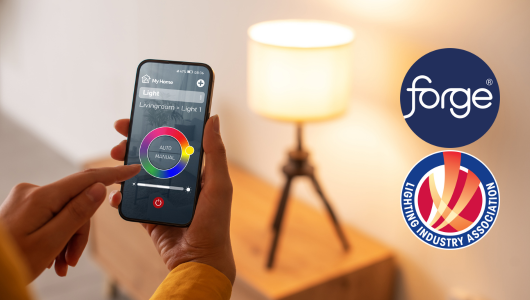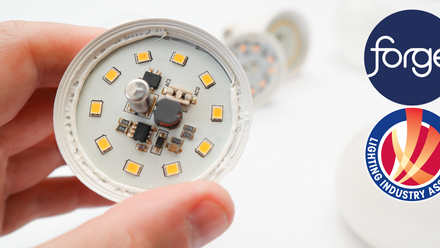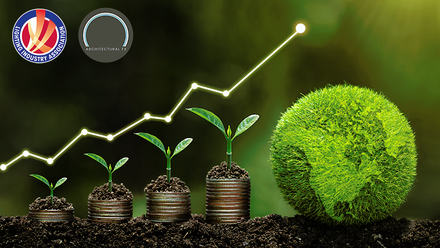The Future of Smart Lighting Technology: Emerging Trends

In recent years, smart lighting technology has revolutionised the way we illuminate our homes and workplaces. As we look to the future, several emerging trends are set to redefine this industry, making our lives more convenient, energy-efficient, and connected. This blog explores the top trends that you should watch out for and the future of smart lighting technology.
1. Energy Efficiency and Sustainability Within the Future of Smart Lighting Technology
Firstly, one of the most significant trends in smart lighting technology is the emphasis on energy efficiency and sustainability. Manufacturers design modern smart bulbs and fixtures to consume less power while providing optimal illumination. With the integration of LED technology, smart lighting systems can drastically reduce energy consumption and greenhouse gas emissions.
According to a report by the International Energy Agency, LED lighting is expected to dominate the market by 2030, accounting for over 80% of all lighting sales . Smart lighting systems can also adjust brightness based on natural light availability, further enhancing energy savings.
2. Integration with the Internet of Things (IoT)
The Internet of Things (IoT) is transforming various industries, and smart lighting is no exception. IoT-enabled lighting systems allow users to control their lights remotely via smartphones, tablets, or voice-activated assistants like Amazon Alexa and Google Assistant. This integration enables advanced features such as scheduling, geofencing, and automation.
For instance, IoT-based smart lighting can automatically turn off when you leave the house and turn on when you return, providing both convenience and energy savings . As more devices become interconnected, the scope of what smart lighting can achieve will continue to expand.
3. Advancements in Artificial Intelligence (AI)
Artificial Intelligence (AI) is playing an increasingly key role in the development of smart lighting technology. AI algorithms can analyse usage patterns, learn preferences, and make real-time adjustments to lighting settings. This results in a personalised lighting experience that adapts to individual needs and lifestyles.
For example, AI-driven smart lighting systems adjust the colour temperature and intensity of light based on the time of day, the activities performed, or even the user's mood. These intelligent adjustments can improve productivity, enhance relaxation, and support overall well-being.
4. Smart Health Features
Health-centric smart lighting is an emerging trend that focuses on improving the well-being of users. These systems can simulate natural daylight, which researchers have shown regulates circadian rhythms and improves sleep quality. Additionally, smart lighting can reduce eye strain by providing optimal lighting conditions for different tasks such as reading or working on a computer.
Philips Hue, a leading brand in smart lighting, offers products that can mimic the natural progression of sunlight throughout the day, helping to maintain a healthy sleep-wake cycle. Furthermore, as awareness of the impact of lighting on health grows, we can expect more innovations in this area.
5. Enhanced Security Features
Smart lighting is also becoming a critical component of home security systems. By integrating with security cameras and motion sensors, smart lights can deter intruders by simulating occupancy or alerting homeowners to suspicious activity. Additionally, some systems offer emergency lighting features that activate during power outages or other emergencies.
For example, Ring’s smart lighting products can be linked to their security cameras to provide comprehensive home protection . As smart home technology advances, the role of smart lighting in security will continue to grow.
Final Thoughts on the Future of Smart Lighting Technology
The future of smart lighting technology is bright, with numerous exciting trends on the horizon. From energy efficiency and IoT integration to AI advancements and health-focused features, smart lighting systems are set to become even more intelligent and user-centric. By staying informed about these trends, consumers can make better choices and enjoy the full benefits of modern lighting solutions.



